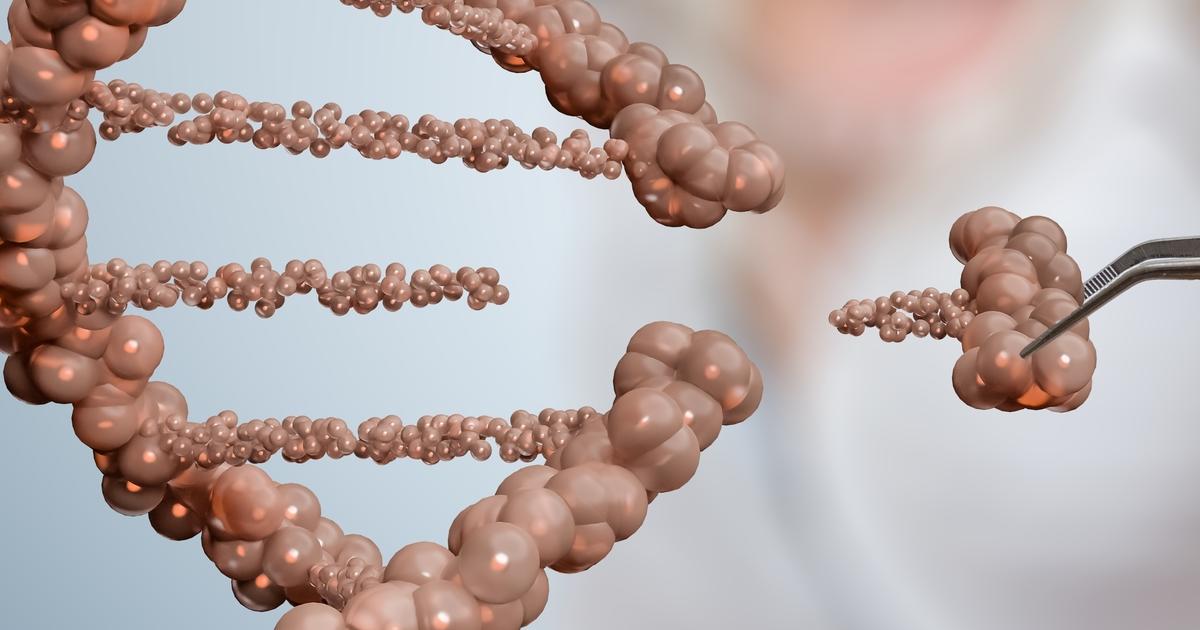What Causes Broken Blood Vessels On The Face?
Broken facial blood vessels occur when the blood vessels on the face become enlarged. These vessels, located just underneath the skin's surface, create red and web-shaped patterns, which is why these broken blood vessels are often called spider veins. Most individuals have spider veins on their legs or face, but it is possible to develop them on any part of the body. Spider veins aren't dangerous and don't cause any health symptoms beyond their appearance. There are several potential causes of the condition. In the vast majority of cases, individuals can treat the appearance of broken blood vessels at home. They shouldn't need to see a doctor unless they're experiencing pain or concerned about the overall health of their cardiovascular system.
Learn about what can cause broken blood vessels on the face now.
Hard Sneezing or Vomiting

It may surprise some individuals to find hard sneezing or vomiting might be the cause of broken blood vessels on their face. The reason these things cause broken blood vessels is because of how they cause a sudden and extreme change in pressure. As individuals sneeze, the amount of pressure on their face changes rapidly, which can make their blood vessels become enlarged due to the sudden push of blood against them. Vomit has the same effect on the face, and it may also have a similar effect on the pressure in other parts of the body. Any other sudden, involuntary, violent movement has the potential to change the body's pressure and cause spider veins to develop. On top of this, some individuals might also develop spider veins as a result of drastic changes in the weather. If the air pressure outside undergoes severe changes as a storm rolls through, the body's circulation might be affected, and the skin of the face might become flushed with blood. This excess amount of blood leads the vessels to burst and cause spider veins.
Read more about what can increase the risk of broken blood vessels on the face now.
Genetics

Certain individuals are more likely than others to develop broken blood vessels on their face. Specifically, those who have a family history of it are more at risk. An individual's cardiovascular system shares many genetic traits with that of their family. There may be certain genes that increase the chances of facial blood vessels bursting, or of the face becoming suffused with blood at different times. Studies have indicated up to ninety percent of individuals with broken blood vessels on their face also have a family history of the condition. There haven't been many studies into exactly what genetic component causes these vessels to develop. It's unclear whether it has to do with the blood vessel walls, the way blood moves through the body, or the way blood can pool in the face and other portions of the body. Regardless, if an individual's parents or other close relatives have them, they can be fairly sure they're also genetically predisposed toward them. Some steps can be taken to prevent them, but there's no way to guarantee they'll never develop.
Discover additional causes of broken blood vessels on the face now.
